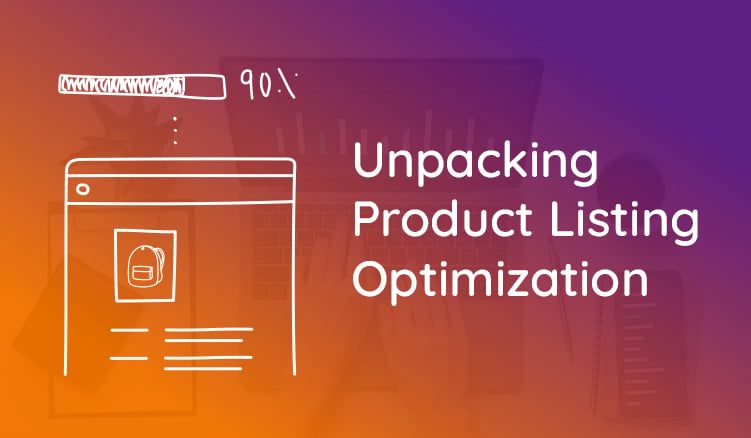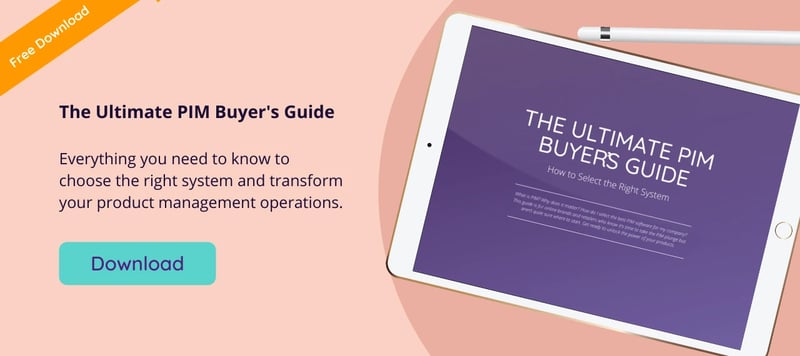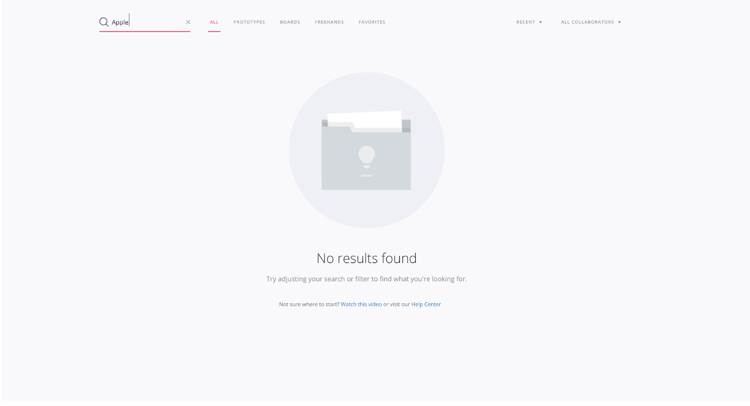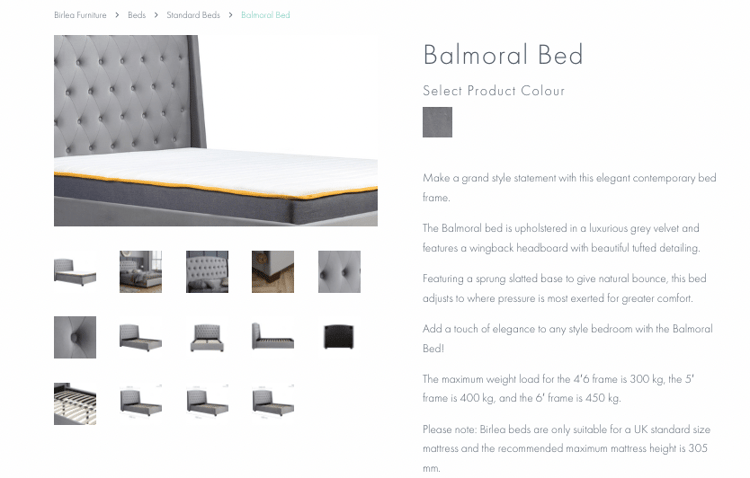Why Search and Discovery Matters For Product Listing Optimization

Keep the good stuff coming
Subscribe to our blog newsletter and get monthly content that helps you manage product data smarter.
No spam. Just real value.
When you think about product listing optimization (PLO), the first thing that jumps to mind is SEO, right? And you’re not wrong. SEO is crucial to a product's success, but it’s not the only optimization approach that drives conversions in ecommerce.
Product listing optimization is broken down into search (for bots) and discovery (for users). Together, they help customers shop and find products online.
The search and discovery optimization concepts predominately apply to Google and Amazon search engines – the key players with the highest market share in their fields. In January 2021, Google dominated the search engine market with 91.86% in comparison to its runner-up, Bing, at 2.71%. Clearly, a popular platform.
Sure, 63% of product searches take place on Amazon, but not every customer will begin their search on Amazon’s homepage. Nor Facebook or any other channel. A recent study states that “the percentage of shoppers claiming to use Google for both inspirations and to start a purchase journey was higher than for Amazon.” To add to that, Google has close to 90% of total search volume, hence the reason why users are likely to begin their journey on this search engine.
While each marketplace’s business model might be worlds apart, algorithms are all similarly designed to make your products appear in search and aid discovery.
The difference explained
Before we jump in, it’s important to note that one (search) can be standalone, whereas the other (discovery) requires an SEO foundation to gain traction. You cannot deliver an influential discovery without search, but you can have a top-ranking product without discovery. And that is where a lot of sellers fall short.
In simple terms, "search” means finding something by looking or otherwise seeking carefully and thoroughly, whereas “discovery” means finding or learning something for the first time. A well-optimized product listing includes both, as each will target customers in different stages of the buying cycle.
More often than not, ecommerce sellers skimp on the optimization process. They’re so consumed by the sale that they forget how to sell. A good product listing includes both search and discovery tactics: hyper-targeted SEO keywords, personalized information, structured taxonomies, and engaging visuals. By lacking in any of these areas, it leaves room for poor product experiences.
Search
A general Google search is the most popular way to find new products online. Why? It's a comfortable approach that people are familiar with. It gets product content in front of the right customers, and it contributes to your visibility in search results. How it works is that Google will spit out products related to keywords used when searching for a product. By incorporating these words, it will increase your chances of ranking higher and being chosen by a potential buyer.
Until now, it has worked for specific shoppers who know what they want, and (occasionally) those who simply want to browse. The reason it might not work for the latter that it’s designed for bots to understand for ranking purposes.
Here’s why: let’s say you’re looking for a “large white headboard with floral patterns”, Google can assist you. However, if you decide to type in a large headboard and hope to find a floral one in white, you’re out of luck. Contextually, it might seem straight-forward, but not for search engines. This can become frustrating for customers and even deter those looking to browse for pleasure. But if you optimize for attribute and taxonomy-specific terms (with SEO keywords), you can help indecisive customers find items and make decisions faster.
3 tips on how to optimize for search
-
Focus only on the most important information
When listing a product, be sure to communicate the most important details you want customers to know about your offering. This is a great opportunity to incorporate rich content, for example, images, videos, in-depth product specs, and much more, that tell a story and engage customers. Your product content management needs to be error-free and up-to-date. Always bear in mind the online marketplaces or channels you’re using have their own requirements, which, over and above these tips, need to be adhered to.
-
Incorporate search keywords naturally
Incorporate high-volume keywords or commonly searched questions and phrases into your product title, description, and images. This will enable you to compete with similar sites that are advertising the same products, and it will increase your visibility on search engines. Once Google, for instance, catches wind of your content, the search engine might start prioritizing your brand to rank better and appear in search engine results pages (SERPs).
-
Communicate in a way that appeals to your audience
Use language that appeals to your ideal customer base.
For example, if you are speaking to a high-end market, you would consider using luxury terminology. Or if you’re speaking to a younger generation, perhaps you would use casual slang. The tone of voice you use is analyzed by search bots and used to provide signals that help search engines better understand your content and brand. So, to ensure your content is relevant to your customers, customize your product information according to age, gender, occupation, income, etc., to find targeted, contextual search matches.
Discovery
Discovery is for the window shoppers of the internet.
It’s for any online marketplace, channel, or comparison search engine (CSE) trying to cut through the noise. The focus is purely on personalization, using location, device, or previous interactions to lure customers in. It also helps customers find what they want by searching attributes through taxonomies and filters.
For example, if we’re using the headboard idea above, you will go as far as to optimize each attribute (style, material, width, height, shape, texture, and more) to make filtering easier and more straight-forward. These unique listing terms will be coupled with search keywords to maximize visibility and conversion potential.
Discovery is not a once-off optimization; it will need to change with your customers’ needs. If you notice that customers are not engaging with filters the way you had imagined, update product information to improve that.
Another part of the discovery process is factoring in common errors or terms. For instance, if you are using a word that is often misspelled, factor it and lead customers to the right-spelled listing. Make sure your products are tagged for broad search terms, with detailed meta content for every search term used.
3 tips on how to optimize for discovery
-
Personalize your product data
In addition to SEO-optimized content, brands should customize their content for each customer. This can be anything from segmenting content offerings according to location, personalized on-page popups, product recommendations based on previous searches, dynamic pricing, etc. When you tailor your content to suit a customer’s interests, shopping behavior, or search patterns, it guarantees a higher chance of a sale.
If you are dealing with new customer, provide coupons or suggestions related to their search. As you generate real-time data on how they engage with your brand, you will get to know what makes them click. This will guide you on how to offer exceptional service that is directly targeted to them and their needs.
-
Have a clear taxonomy in place
Browsing a website is so much more enjoyable when you can filter through menus, categories, and attributes without getting frustrated. Imagine filtering an item and actually finding the information you’re looking for? What a dream! Websites with large volumes of information can be overwhelming for shoppers. Especially when they’re in a hurry. Nobody wants to spend hours trying to find a rug, so make this experience effortless with strategically designed taxonomies that are relevant to your customers.

- Use suggestions to auto-complete searches
Customers have become more reliant on brands to complete their questions or queries with search recommendations. The more intelligent algorithms become, the easier it will be for brands to predict customers’ next move.
People want convenience when making a purchase, and these auto-complete answers do exactly that. In fact, they can boost sales and conversions by 24%. The content is generated by looking at buying data, as well as previous interactions on your website.

Combining the two for long-term success
A unified approach allows both specific shoppers and browsers to visit your website and make a purchase, regardless of initial intent. Today, more than 43% of e-commerce traffic comes from organic Google search - entering relatable keywords into the search bar. This screams the importance of SEO. So, once this is achieved, you can refine your strategy for users.
Just by monitoring engagement with your content, you can provide a consistent search experience with a happier path to purchase. Again, if you constantly tweak your listings to maintain their relevance, you can easily grow your brand on marketplaces and other channels.
Get PLO right with a PIM
When selling products online, there’s a fine line between providing customers with very specific content and overwhelming them with a ton of irrelevant paragraphs. Customers’ shopping patterns, requirements, and queries change daily, and it’s your responsibility to keep up. Storing these changes in another spreadsheet is impractical for channel syndication and more, which is where a Product Information Management tool really comes in handy. When you manage and optimize your content in one place, you can sell everywhere. And fast.
Download “The Ultimate PIM Buyer’s Guide” FREE white paper to see what Plytix can do for you. 

What if your product data actually worked for you?
We’ll show you how Plytix helps you stop fixing data—and start using it.
Related posts
Keep the good stuff coming
Subscribe to our blog newsletter and get monthly content that helps you manage product data smarter.
No spam. Just real value.







Think others should see this?
Go ahead and share it.